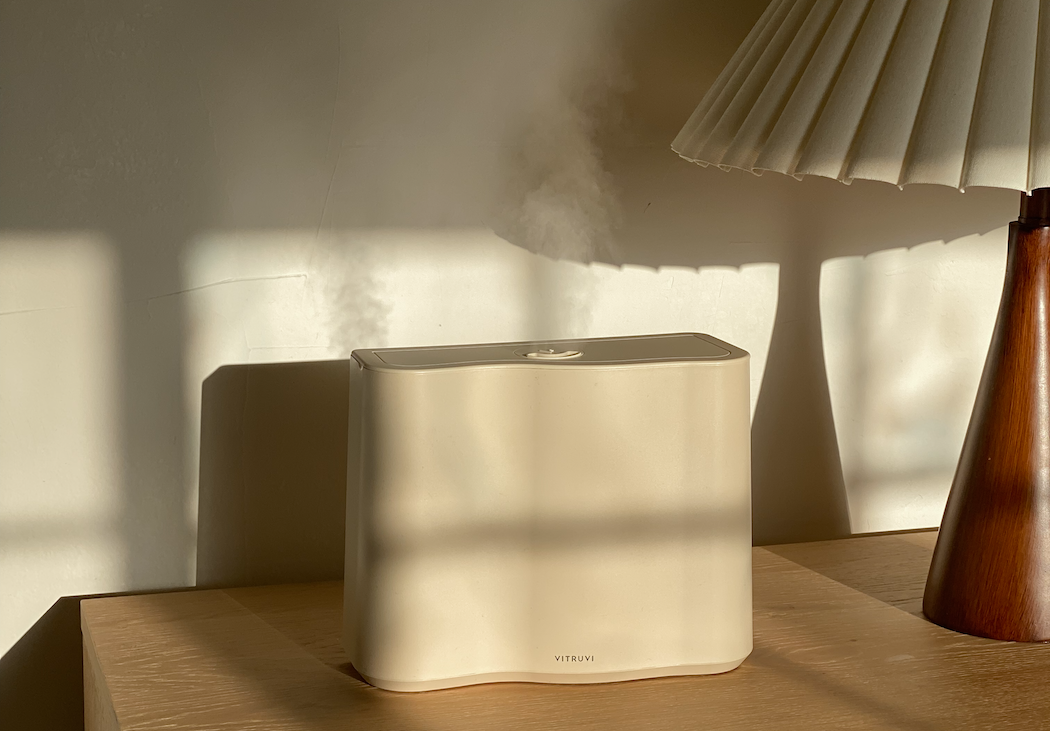When I first returned to the office after my mom died, I thought everything was going fine.
I enjoyed leaving my apartment. I enjoyed seeing people other than my husband. I enjoyed having purpose and control and something bigger than my grief to focus on.
Months in, I realized that even though there were good days when I continued to enjoy all of those things, there were also really, really challenging days during which I truly couldn’t care less about anything.
I struggled to focus on tasks. I cried in the bathroom between meetings. And some days, it felt almost impossible to turn my brain on for all of the hours between nine and five. I know now that this was all a very normal, acceptable, and typical response to death. But at the time I felt overwhelmed by anxiety, stress, and frustration.
Grieving at work can be challenging. This is especially true in 2020; we’ve been immersed in conversations about death, illness, and murder for months. In turn, we are grieving the loss of friends, family, community members, and hundreds of thousands of strangers. Sound like a good environment for productivity and engagement? Not so much. But every day, we are asked to show up—and most days, it can feel pretty exhausting.
Making space for grief at work can feel complicated or out of place. But knowing that we’re all humans first and employees second can help guide your approach to making sure you feel safe for those 40-plus hours a week you spend with your colleagues (be that in-person or over Zoom).
How to make space for grief at work: for leaders
Bringing grief to work can often feel like a privilege. When asked to bring our whole, authentic selves to the office, there’s often an invisible line that can be crossed if you get too vulnerable or emotional.
It is an individual’s responsibility to find space to care for themselves at work (and of course outside of work), but it’s the responsibility of employers to create safe, healthy environments for people to work in. There are a few ways leaders, managers, and human resources teams can do this.
Learn about grief and death
One of the best ways to care for others through challenging times is to learn about how death and grief impact their lives. Better understanding how it affects our brains, our bodies, and our capacity to focus and perform is all important.
Understand that grief may present as a range of outcomes: the feeling of sadness about the shift in someone’s personal life, but simultaneously a commitment to working harder in professional life; the feeling of gratitude for not having a caregiver responsibility anymore, but simultaneously feeling disconnected from current tasks; or the feeling of motivation to be distracted by taking on projects, but experiencing sporadic bouts of numbness or detachment from life in general.
Overall, understanding the complexities of how people can be impacted by grief will give leaders a wider perspective on how to care for each individual.
Normalize grief, death, and caregiving
There is no need for work-life balance when we recognize that work is part of life. In turn, recognizing that death, grief, and the grieving process are part of life means that for many of us, it all overlaps. Have conversations about the realities of death, grief, and caregiving for people who are at the end of their lives.
Keep employees informed about policies
One of the most frustrating things about dealing with death and grief at work is not knowing where to turn for support. Keep employees up to date about bereavement policies, mental health and stress leave options, and EAP or health benefit offerings that can help them care for themselves. Knowing what these resources are (and having them at all) is a huge weight off the shoulders of a grieving person.
Keep tabs on important dates and life events
Most managers are used to knowing when employees are celebrating a birthday, wedding, or workiversary. But the date that someone lost a loved one is also important to keep in mind, especially if your team offers additional support or the employee will need to take time off to commemorate. Similarly, employers should recognize that holidays and personal milestones can also be a challenging reminder of a person’s loss—Christmas, an employee giving birth, or birthdays can all trigger complicated feelings. Lastly, keep in mind that any and every day can be challenging.
How to make space for grief at work: for individuals
Make a plan
There are a range of ways people feel about going back to work after someone dies. For some, there’s a sense of relief—a place to be distracted, interact with humans, and find purpose or control. For others, there’s a sense of dread—having to talk to people about your loss or to focus on work can be tiring.
Liz Eddy, cofounder and CEO of Lantern, suggests making a plan for how you’ll handle things during the transition of settling back in. “Before you go back to work, make an escape plan,” she says. “Know a safe place to go, calming techniques, and a person to call or take a walk with. You might not need it, but knowing you have a plan will take some of the anxiety of returning to work away.”
Set up your workspace
Depending on what you need, there are a few different ways to consider setting up your work area (whether that’s a desk at an office or a corner of your home). At the moment of writing this article, I’ve got my favourite music playing, plants everywhere I turn, a diffuser going in the background, and snacks galore. This is my typical setup, and I still find some days too hard to handle. Even if you feel like you’ve arranged your space for optimal working conditions, it might just not matter some days, and that’s okay.
One of the most important things that’s helped me through grieving while working is having a space that feels comforting. Consider putting a photo of your person on your desk. If that feels too triggering or distracting, put a small trinket somewhere that you’ll notice every once in a while. This can be a nice middle ground: a simple reminder from time to time, but not a smiling face from nine to five.
If you prefer to keep your workspace free of reminders—they might be too distracting, depressing, or unpleasant—keep the trinkets, the photos, and the memories away. There’s no shame in needing your desk to be solely for working. Still, consider ways to keep yourself healthy and safe: grieving at work doesn’t have to be about making space for the person you lost, but rather making space for you. Ensure you have tools to stay hydrated (I keep a big water jug on my desk as a reminder), nourished (grieving at work can mean missing meals while you try to grind through the day), and focussed
Take microbreaks
Not everyone has the privilege to just get up and leave work; even working from home doesn’t mean ultimate flexibility. So, my grief counsellor introduced me to microbreaks to help me find space for grief during very busy work days.
What I love about microbreaks is that I can work them in while multitasking. A few options include:
- Staring out the window for 30 seconds. Maybe it’s the window in front of your desk, a window in a different room, the kitchen window while you wait for your lunch to heat, or an open front door if there are no windows in your space. This helps reset your eyes and literally gives you a new perspective when the day just feels too long.
- Texting or scrolling. If sending a quick text to your group chat or taking one minute to browse Instagram helps you process your grief, there’s no reason to leave that behind. Being able to vent or to find some inspiration to get through the day is not a bad thing.
- Drinking water. This one’s simple but easily forgettable. Grief turns our world upside down, and it can feel impossible to remember the simplest things sometimes.
Participate in grief activities outside of work
There’s always the option to not bring your grief into work at all. Maybe you like having work be a safe space away from your loss. In this case, there are ways to communicate with colleagues and managers about the fact that you don’t need support, or that you’ll ask for it when you need it.
If you know that there’s no way you want to be dealing with your grief at the office but still want to take care of yourself, consider partaking in activities outside of work hours that’ll help you manage your grief, so that you can show up at work and have space from it.
Open up to colleagues
One of my favourite ways to make space for my grief at work is speaking about my mom with colleagues. It’s helped me connect with other people who have lost parents, because they’re particularly tuned in to why some days or weeks of the year might be hard. If you have a coworker who has created a safe working relationship with you, consider turning to her (or him, or them) in the harder moments. Having this connection can allow for a deeper sense of belonging at work, as well as give you an outlet for venting when no one else will understand why you “just can’t” with a Father’s Day campaign, or why you need a break between meetings around the holidays.
Explore apps and outlets for wellness
Using these apps doesn’t have to trigger crying or depression (something I’ve worried about when bringing grief into work)—sometimes just having an outlet can help you process grief in less reactive, explosive ways. Options like Liberate (meditation for people of colour), Calm (short breathing techniques), and Grief Coach (text reminders about grief and grieving) are all great options for helping keep your head clear.
The path through grief is winding and confusing, so at the end of it all, remember the most important thing: be kind to yourself.












